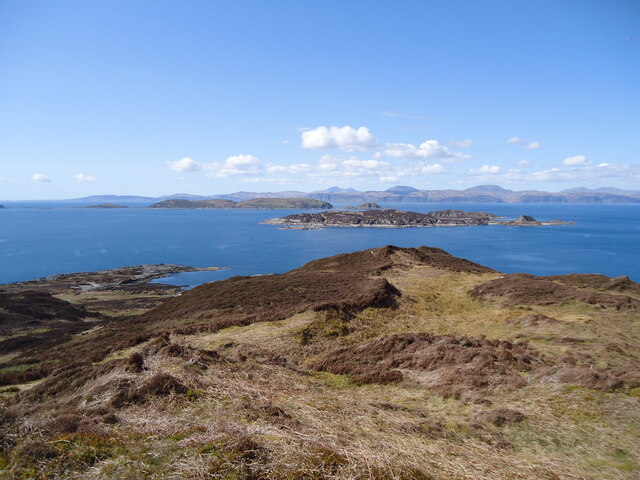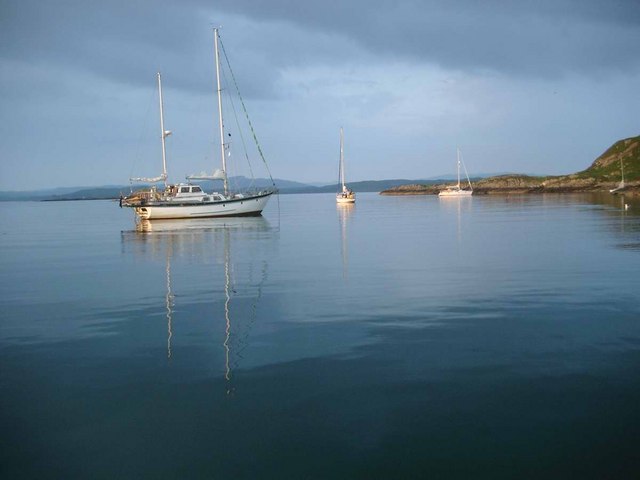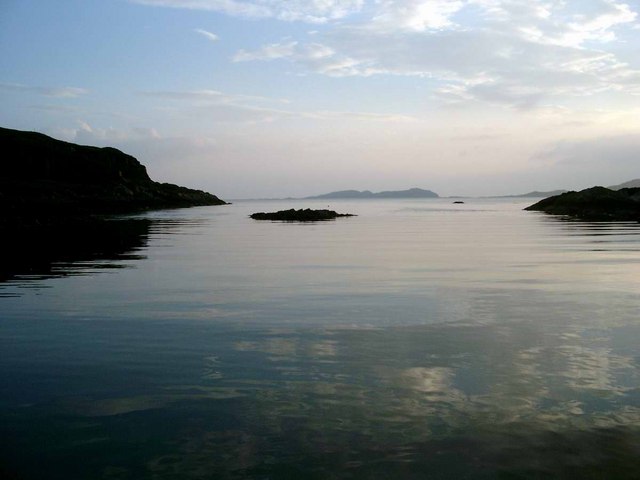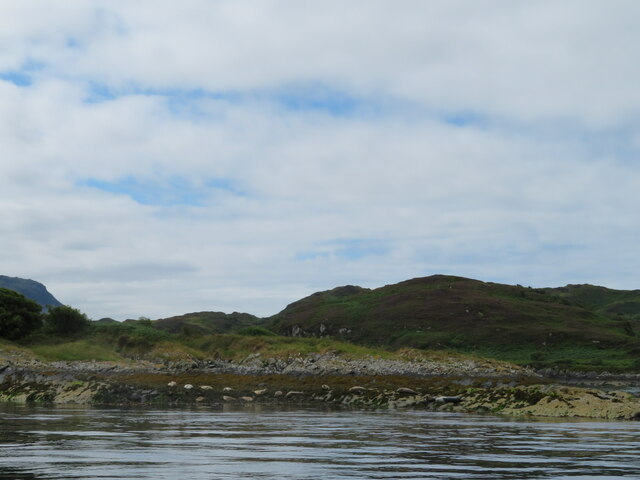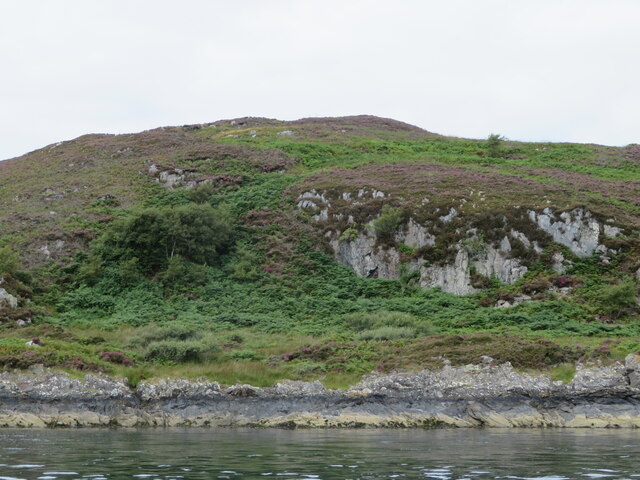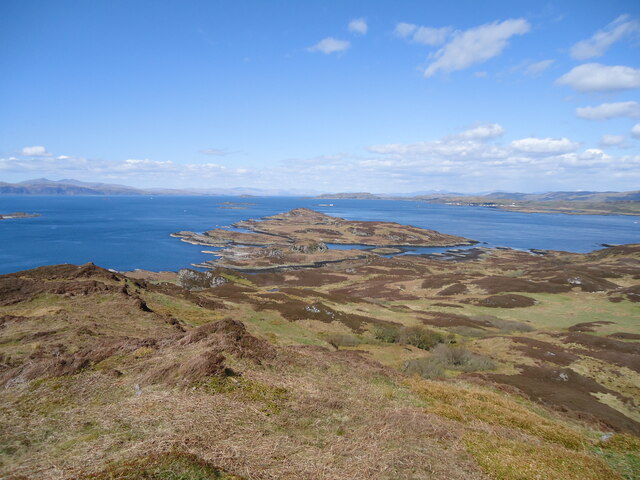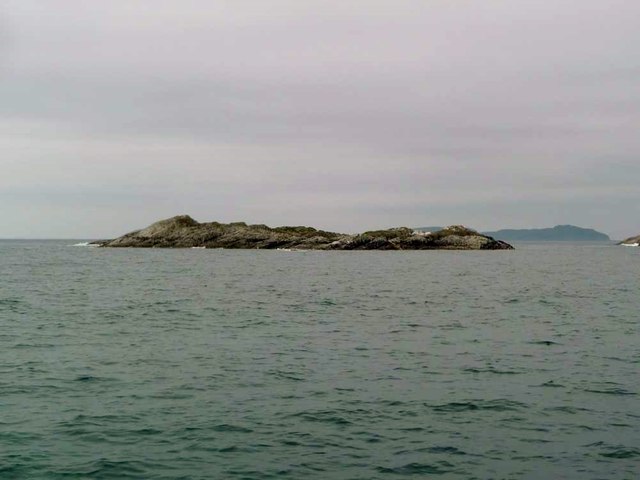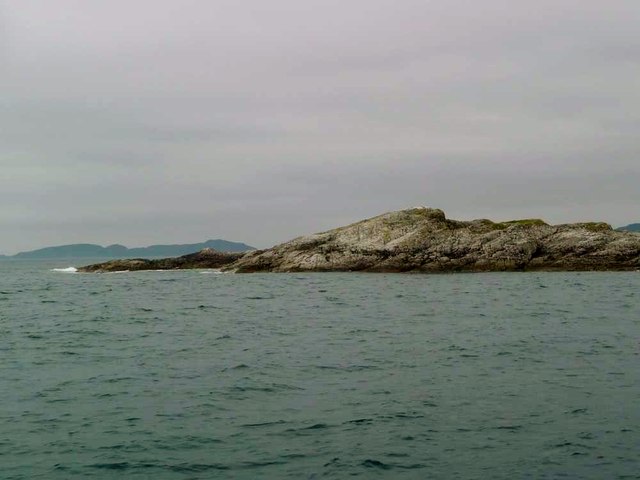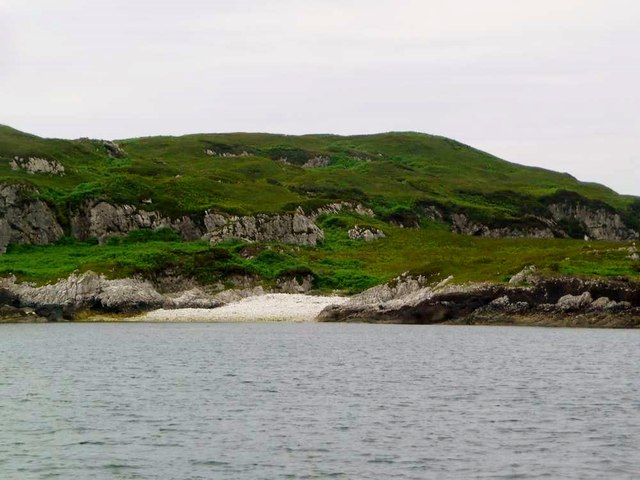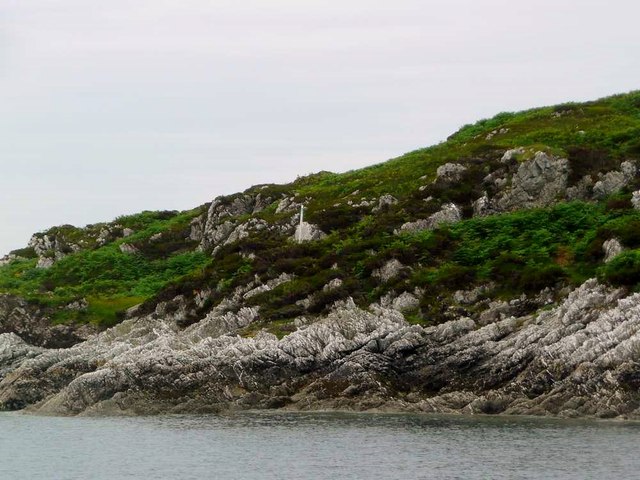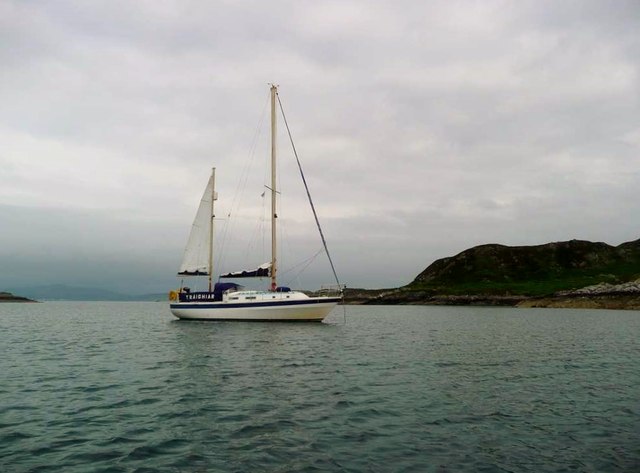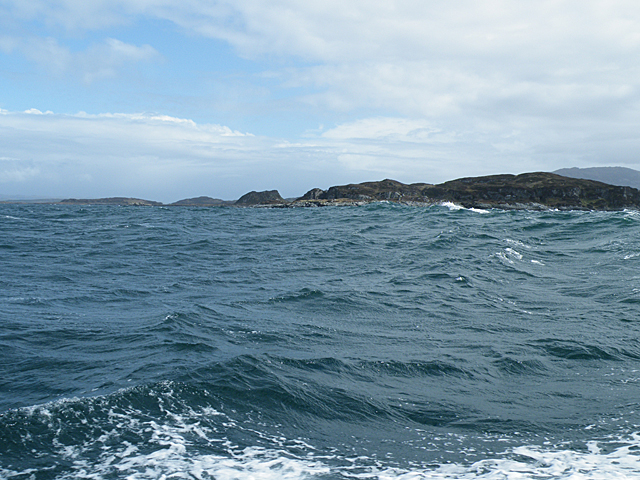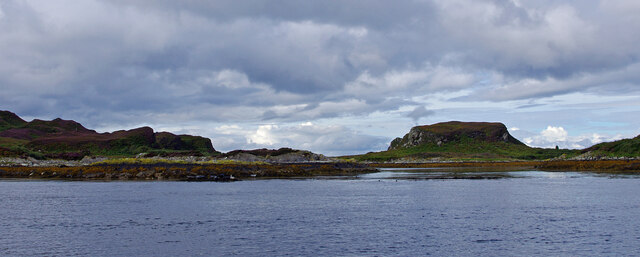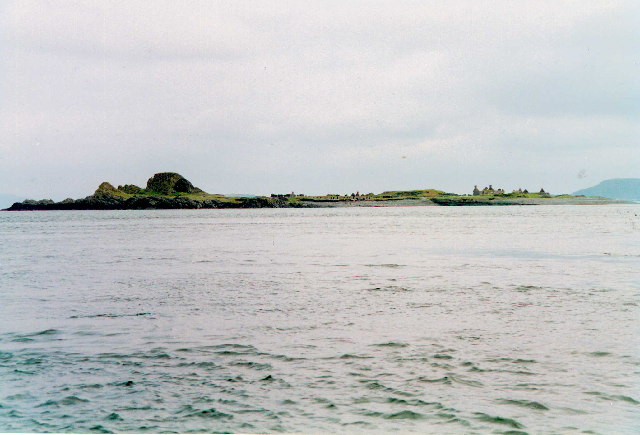Dùn a' Ghaill
Coastal Feature, Headland, Point in Argyllshire
Scotland
Dùn a' Ghaill
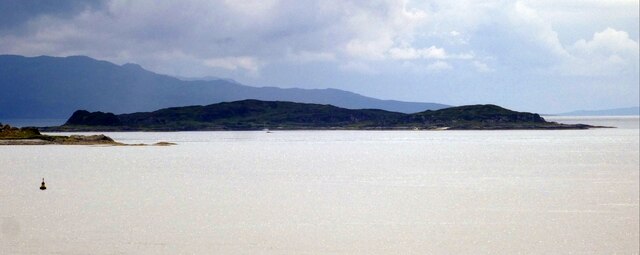
Dùn a' Ghaill is a prominent coastal feature located in Argyllshire, Scotland. It is an impressive headland that juts out into the Atlantic Ocean, offering breathtaking views of the surrounding landscape. Situated on the western coast of Scotland, this point is known for its rugged beauty and historical significance.
The name "Dùn a' Ghaill" translates to "Fort of the Stranger" in Gaelic, hinting at its rich history. The headland is home to the ruins of an ancient fort, which dates back to the Iron Age. This fort was strategically positioned to provide a vantage point for observing and defending against potential threats from the sea.
The headland itself is composed of rugged cliffs, rising up to approximately 100 meters in height. These cliffs are interspersed with grassy slopes and rocky outcrops, creating a diverse and visually stunning landscape. The area is also abundant in wildlife, with various seabirds nesting on the cliffs, including puffins, guillemots, and razorbills.
From Dùn a' Ghaill, visitors can enjoy panoramic views of the Atlantic Ocean, the surrounding coastline, and the neighboring islands. On clear days, the distant peaks of the Inner Hebrides can be seen in the horizon, adding to the allure of the site.
Access to Dùn a' Ghaill is relatively easy, with a well-maintained path leading to the headland. The site is popular among hikers, nature enthusiasts, and history buffs, who are drawn to its natural beauty and historical significance.
If you have any feedback on the listing, please let us know in the comments section below.
Dùn a' Ghaill Images
Images are sourced within 2km of 56.233101/-5.7118919 or Grid Reference NM7010. Thanks to Geograph Open Source API. All images are credited.
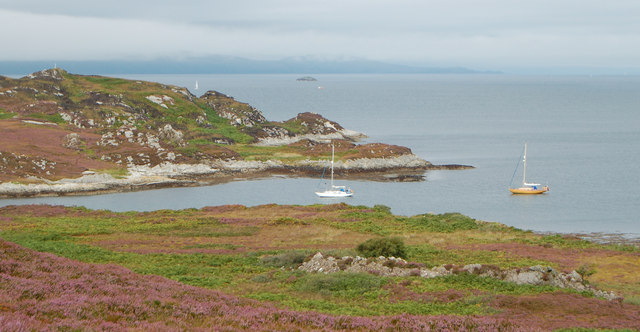

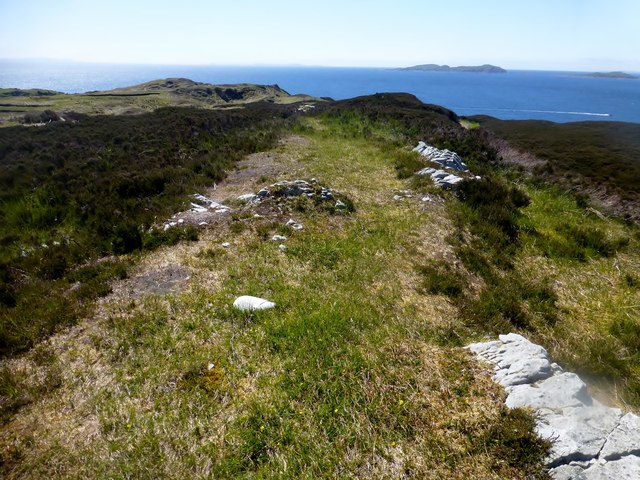
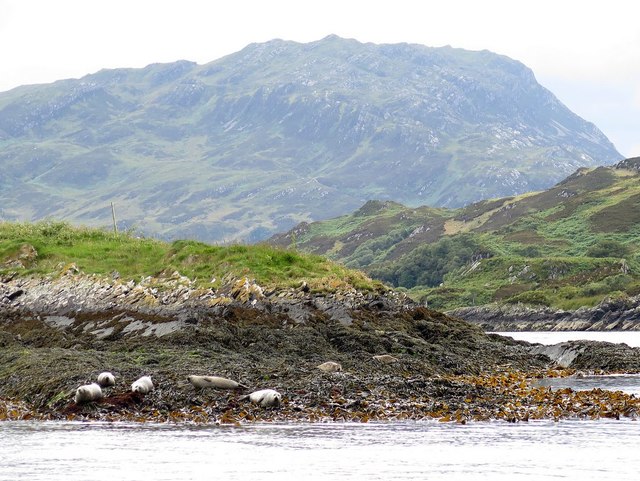
Dùn a' Ghaill is located at Grid Ref: NM7010 (Lat: 56.233101, Lng: -5.7118919)
Unitary Authority: Argyll and Bute
Police Authority: Argyll and West Dunbartonshire
What 3 Words
///turntable.stress.dabbling. Near Lochbuie, Argyll & Bute
Nearby Locations
Related Wikis
Eilean Dubh Mòr
Eilean Dubh Mòr (Scottish Gaelic: big black island) is an uninhabited island in the Inner Hebrides of Scotland. It lies at the mouth of the Firth of Lorn...
Lunga, Firth of Lorn
Lunga is one of the Slate Islands in the Firth of Lorn in Argyll and Bute, Scotland. The "Grey Dog" tidal race, which runs in the sea channel to the south...
Scarba, Lunga and the Garvellachs National Scenic Area
Scarba, Lunga and the Garvellachs is the name of one of the 40 national scenic areas of Scotland. The designated area covers the islands of Scarba, Lunga...
Belnahua
Belnahua is one of the Slate Islands, in the Firth of Lorn in Scotland, known for its deserted slate quarries. The bedrock that underpins its human history...
Have you been to Dùn a' Ghaill?
Leave your review of Dùn a' Ghaill below (or comments, questions and feedback).
